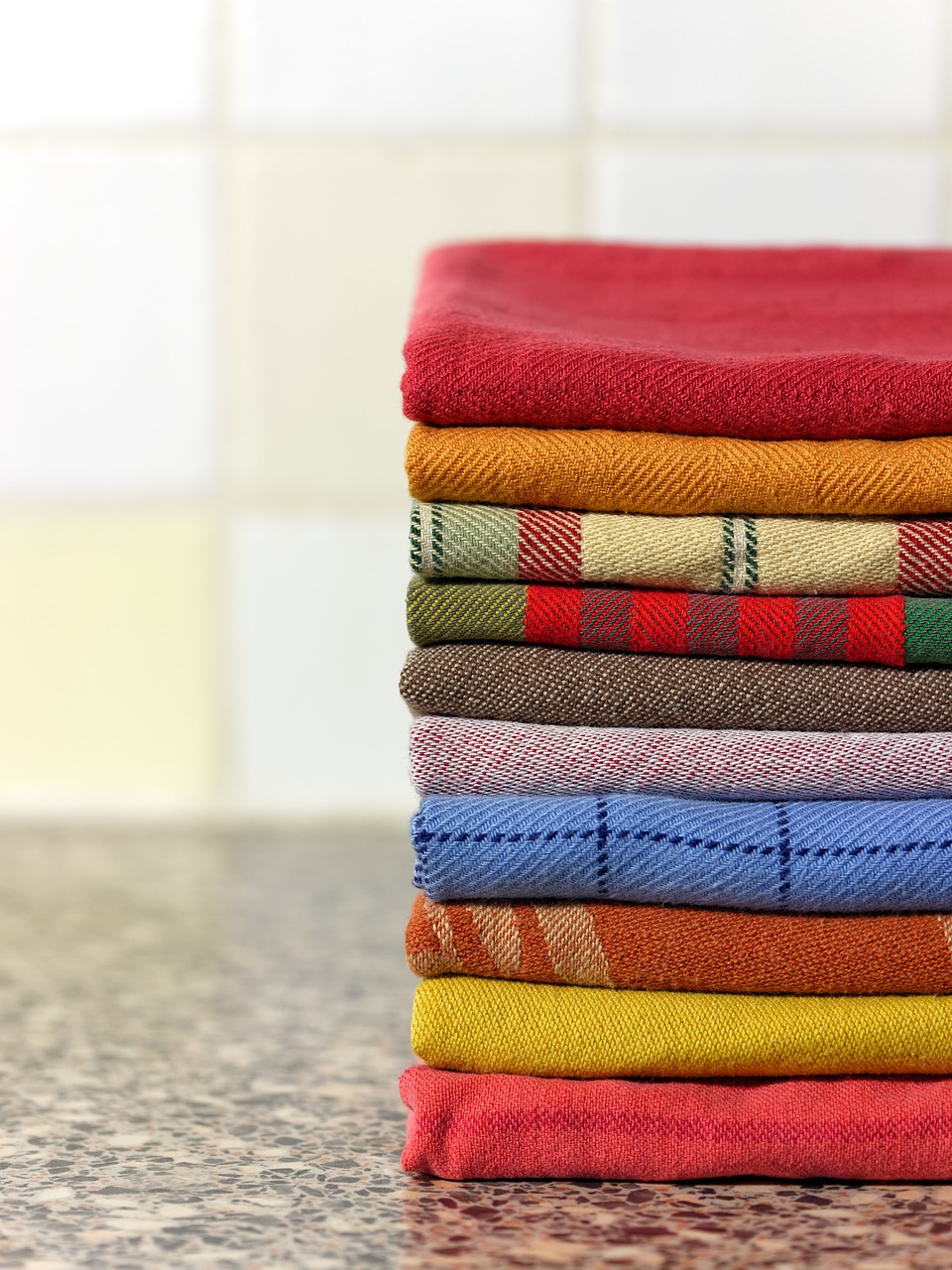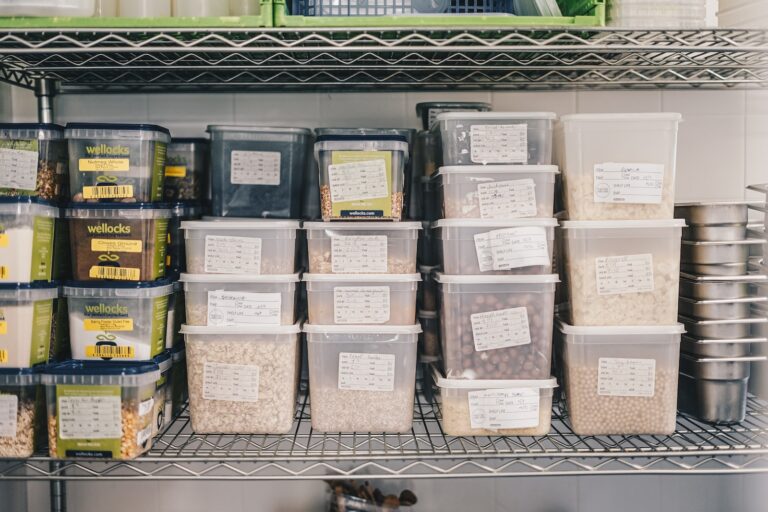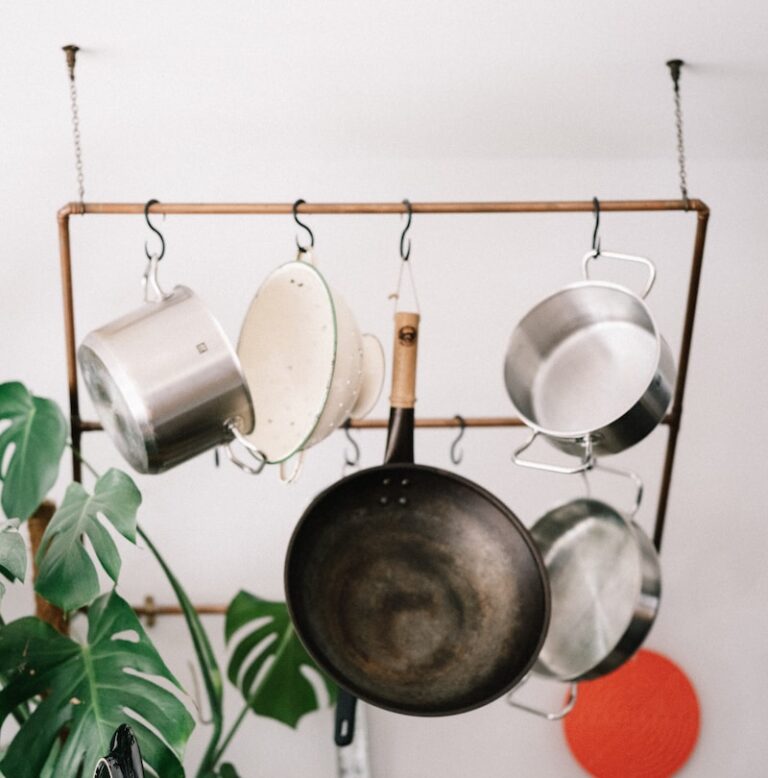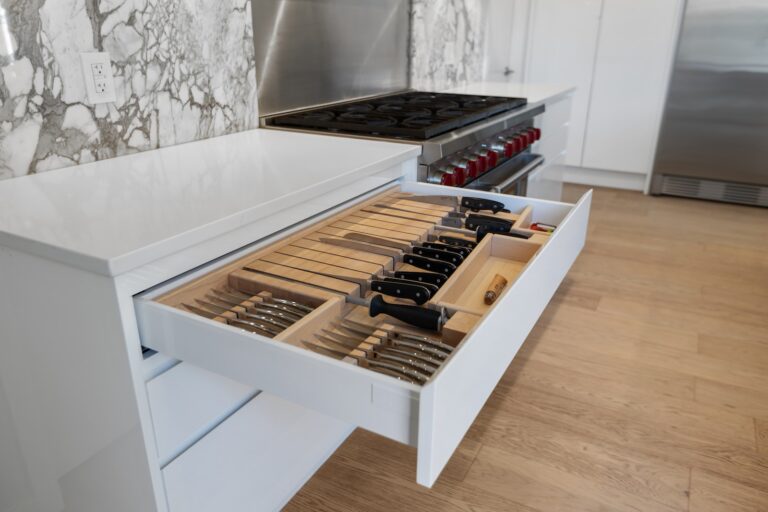Have you ever had a kitchen cloth that’s been through thick and thin with you? I sure have! I remember this one time when my trusty kitchen cloth came to the rescue during a cooking catastrophe. Picture this: I was attempting to whip up a culinary masterpiece when, suddenly, a pot of tomato sauce decided to stage a rebellion. It splattered all over the stovetop, the counter, and even the walls! Panic mode engaged.
But then, like a true kitchen hero, my faithful kitchen cloth swooped in. With a few swift swipes, it absorbed the mess and saved the day. That moment made me realize the invaluable role these cloths play in our kitchen adventures.
Are your kitchen cloths in need of some TLC too? Well, you’re in luck because we’re about to spill the beans on all things kitchen cloth-related! From understanding different cloth types to uncovering their secret cleaning powers, this article is your backstage pass to the world of kitchen cloth wizardry. So, toss on your apron, and let’s embark on a journey to make your kitchen cloths shine brighter than ever!
Ready to transform your kitchen cloths from ordinary to extraordinary, just like my trusty sidekick did for me? Let’s dive in!”
Key Takeaways
- Microfiber kitchen cloths are absorbent and versatile.
- Kitchen cloths can be used to wipe down countertops, clean appliances, dry dishes, and handle hot pots and pans.
- Proper maintenance for kitchen cloths includes washing in hot water with disinfectant detergent, thoroughly drying, and avoiding leaving them damp or folded.
- Cleaning tips for specific kitchen cloth types include using vinegar and water, baking soda and water paste, lemon juice, and hydrogen peroxide to remove stains.
Different Types of Kitchen Cloths
I prefer using microfiber kitchen cloths because they’re more absorbent and versatile.
When it comes to choosing the right kitchen cloth material, it’s important to consider functionality and effectiveness. Microfiber cloths, made of synthetic fibers, have become increasingly popular due to their numerous advantages.
One of the main benefits of using microfiber kitchen cloths is their exceptional absorbency. They’re able to hold a significant amount of liquid, making them ideal for cleaning up spills and messes in the kitchen.
Additionally, microfiber cloths are highly versatile as they can be used for various cleaning tasks. Whether it’s wiping down countertops, cleaning appliances, or drying dishes, these cloths can handle it all.
Overall, the absorbency and versatility of microfiber kitchen cloths make them my top choice for keeping my kitchen clean and tidy.
Effective Uses for Kitchen Cloths
One effective use for kitchen cloths is wiping down countertops to remove crumbs and spills. Kitchen cloths are versatile and can be used for various tasks in the kitchen.
Here are four other ways I use kitchen cloths:
- Cleaning appliances: I use kitchen cloths to wipe down my microwave, oven, and refrigerator. They’re great for removing grease and food stains.
- Drying dishes: Instead of using paper towels, I prefer using kitchen cloths to dry my dishes. It’s a more eco-friendly alternative and helps reduce waste.
- Handling hot pots and pans: Kitchen cloths provide a good grip and protect my hands when handling hot cookware. They’re a safer option than using bare hands.
- Cleaning spills: Whether it’s a spilled drink or a cooking mishap, kitchen cloths are great for quickly cleaning up spills. They absorb liquid effectively and prevent further mess.
To maintain hygiene, it’s important to follow some practices when using kitchen cloths. Make sure to wash them regularly, preferably in hot water with a disinfectant detergent. Avoid using the same cloth for different purposes to prevent cross-contamination. Finally, allow the cloths to dry completely before storing them to avoid bacterial growth.
Proper Maintenance for Kitchen Cloths
To ensure proper maintenance for kitchen cloths, regularly washing them in hot water with a disinfectant detergent is essential. Maintenance techniques for kitchen cloths go beyond just cleaning; proper drying methods are equally important.
After washing, it’s crucial to dry the cloths thoroughly to prevent the growth of bacteria and mold. One effective drying method is to hang the cloths in a well-ventilated area, preferably outdoors if possible. This allows for natural air circulation, which helps in drying them quickly. Alternatively, using a dryer on a high heat setting can also ensure proper drying.
It’s important to avoid leaving the cloths damp or folded, as this can create a breeding ground for bacteria. By practicing these maintenance techniques and using appropriate drying methods, kitchen cloths can be kept clean and safe for use.
Cleaning Tips for Specific Kitchen Cloth Types
I’ve found that using a mixture of one part vinegar and three parts water is an effective cleaning solution for removing stains from cotton kitchen cloths. It’s a simple and eco-friendly alternative to using harsh chemicals.
Here are a few other stain removal techniques for kitchen cloths that you might find helpful:
- Baking soda and water paste: This paste works well on greasy stains. Apply it to the stain, let it sit for a few minutes, and then rinse it off.
- Lemon juice: Lemon juice is great for removing food stains. Squeeze some juice onto the stain, rub it in gently, and then wash the cloth as usual.
- Hydrogen peroxide: This can be used for stubborn stains like coffee or wine. Apply it directly to the stain, let it sit for a few minutes, and then rinse it off.
- Salt and vinegar: Mix equal parts salt and vinegar to create a paste. Apply it to the stain, let it sit for a while, and then wash it off.
Extending the Lifespan of Your Kitchen Cloths
I regularly wash and air dry my kitchen cloths to prevent bacteria growth, and I also rotate between multiple cloths to prolong their lifespan.
However, I’ve been thinking about finding eco-friendly alternatives to kitchen cloths. Reusing kitchen cloths is a great way to reduce waste and save money, but there are other options to consider.
One alternative is using microfiber cloths, which are highly effective at trapping dirt and require less cleaning agents.
Another option is bamboo cleaning cloths, which are sustainable and biodegradable.
Additionally, there are reusable silicone dishcloths that are durable and easy to clean.
Exploring these eco-friendly alternatives can’t only help us reduce our environmental impact but also provide us with effective and long-lasting cleaning solutions for our kitchens.
Conclusion
In conclusion, taking proper care of your kitchen cloths is essential for maintaining their effectiveness and prolonging their lifespan.
By understanding the different types of kitchen cloths, their uses, and implementing the right cleaning and maintenance techniques, you can ensure that your cloths remain clean, hygienic, and ready for use.
So, remember to regularly clean and sanitize your kitchen cloths according to their specific requirements to keep your kitchen clean and safe.







